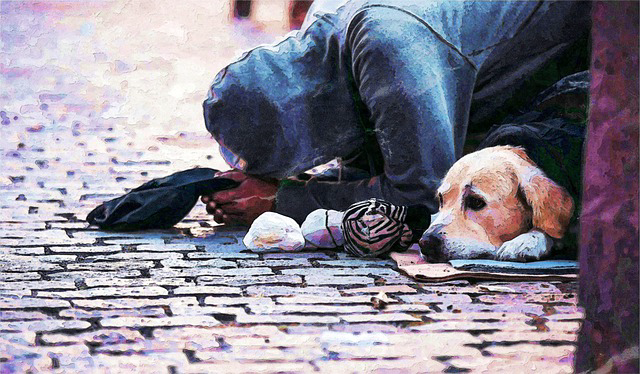It’s a centuries-old issue that can be traced back to the 1640s. Numerous factors, including lack of income and inability to pay rent, alcohol and drug dependency, and mental health, contribute to the alarmingly high number of homeless. There are many misconceptions about homelessness, including that it is a static problem, that all on the street are junkies, and a terrible stigma identifying these unfortunate souls as a criminal element. I have one question that demands an answer: Why can’t we handle the homeless better, and why can’t we minimize or even eliminate homelessness? Some of the answers will repulse you.
Homelessness statistics vary widely depending on each publication’s source and agenda. Endhomelessness.org, which touts itself as a nonpartisan, nonprofit organization committed to preventing and ending homelessness in the United States, reports (January 2020) that 580,466 people are experiencing homelessness in America. The range of reported homelessness for the same time frame is 380,000 to 580,466. It’s tough to determine which number is accurate, but this number is too high. Let’s split the number up into recognizable groups:
408,891 are individuals not within a family structure
171,575 are in families
110,528 chronically homeless (defined as (1) been continuously homeless for at least a year; or 2) experienced homelessness at least four times in the last three years for a combined length 37,252 are veterans
34,210 are unaccompanied youth (defined as “a homeless child or youth, not in the physical custody of a parent or guardian.”
The good news: the number of homeless has dropped from 647,258 to 580,466, a decrease of 11.5%. The bad news: the number is unacceptable considering how long homelessness has existed and how much money is spent to “solve” the situation. The money, unfortunately and repulsively, is not going to support the misplaced but rather into the hands of corrupt scumbags having no intention of solving the situation. Homelessness has become a profitable business for those with no moral compass.
Perfect case and point: James A. Brown III, one of New York City’s largest homeless shelter providers. Mr. Brown drew a seven-figure salary from taxpayer money earmarked for his non-profit CORE Services Group. In addition, he used about $32 million of an estimated $352 million (since 2017 and before 2021) to pay off for-profit security, maintenance, and catering services owned by, yes, you got it, Mr. James A. Brown III. His security guards were often asleep during shifts, allowed drug transactions, and never broke up physical alterations. His catering service would often serve moldy food causing occupants of the shelters to suffer stomach distress and diarrhea. The insides of many shelters were covered with mold and moisture, causing respiratory issues. Doesn’t seem like too much of a conflict of interest. Oh, I failed to mention that he also bankrolled five family members.
Mr. Brown was eventually caught and relieved of his services. He was forced to pay restitution and cut loose from the NYC gravy train. Unfortunately, there are a lot of Mr. Browns out there who are not serving the best interest of the homeless community. Google “homelessness-profit-corruption” and feast your eyes on some of the most disgusting scumbags to walk the face of the earth. It’s very difficult to solve a serious problem like homelessness when corrupt clowns like James Brown can turn a profit from a bad situation.








